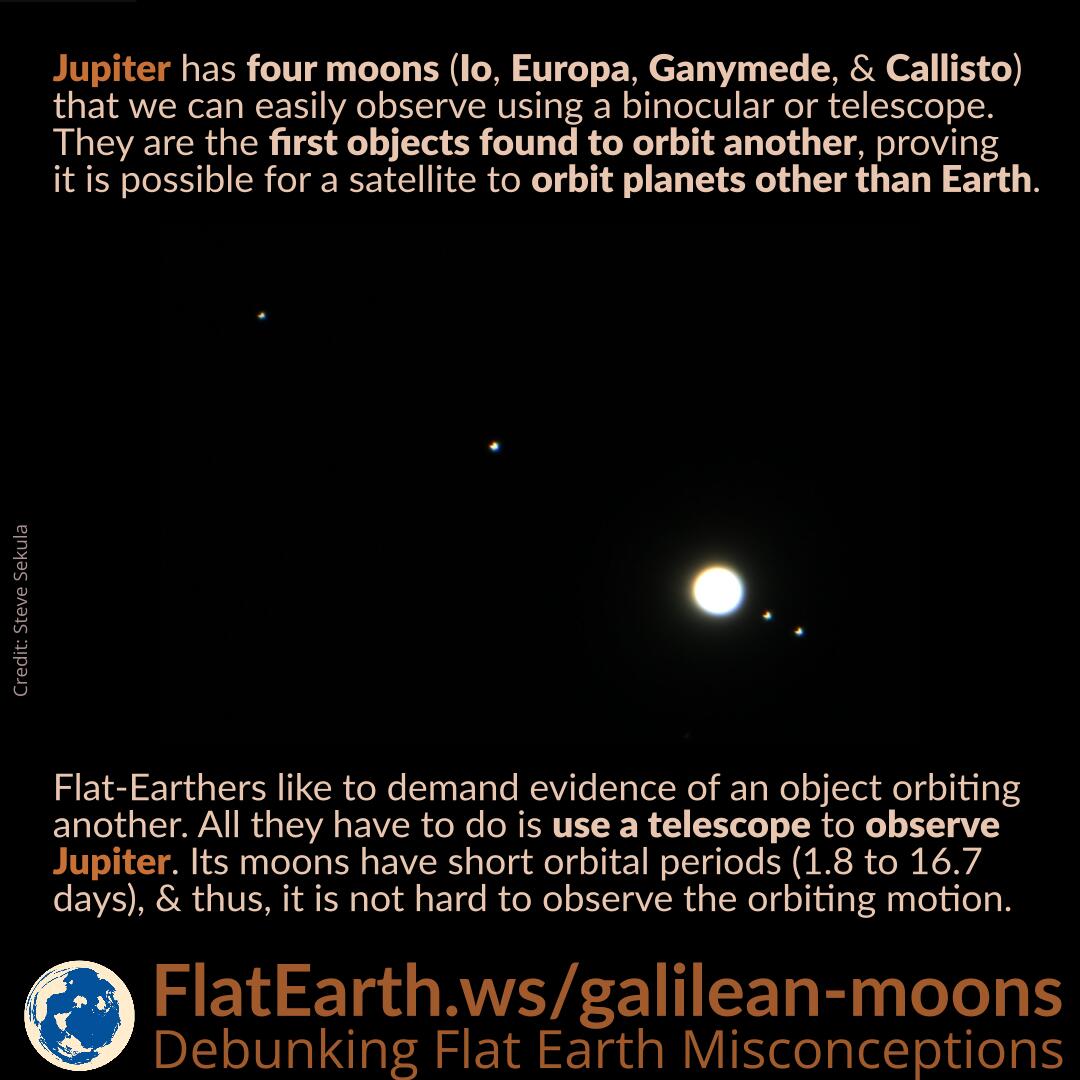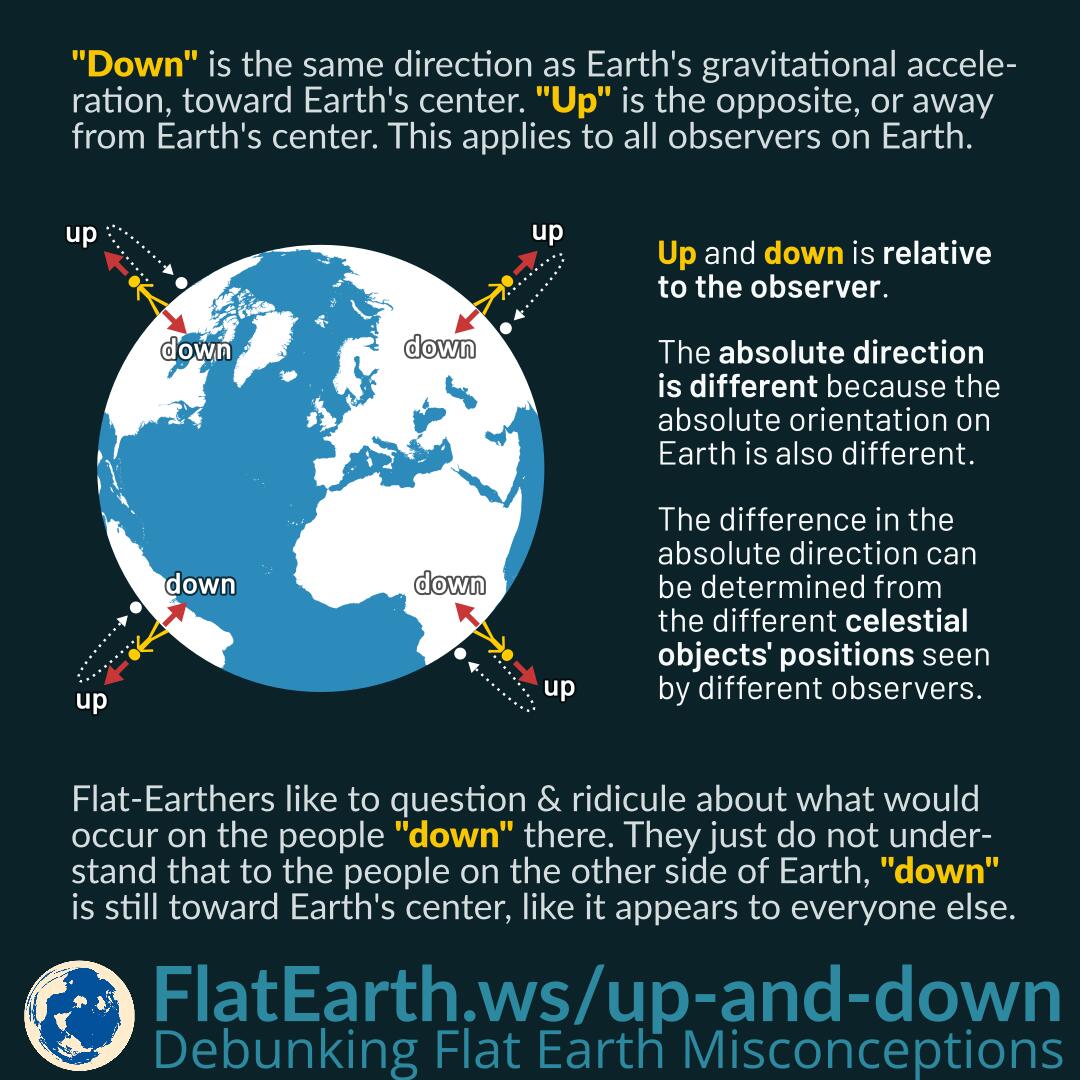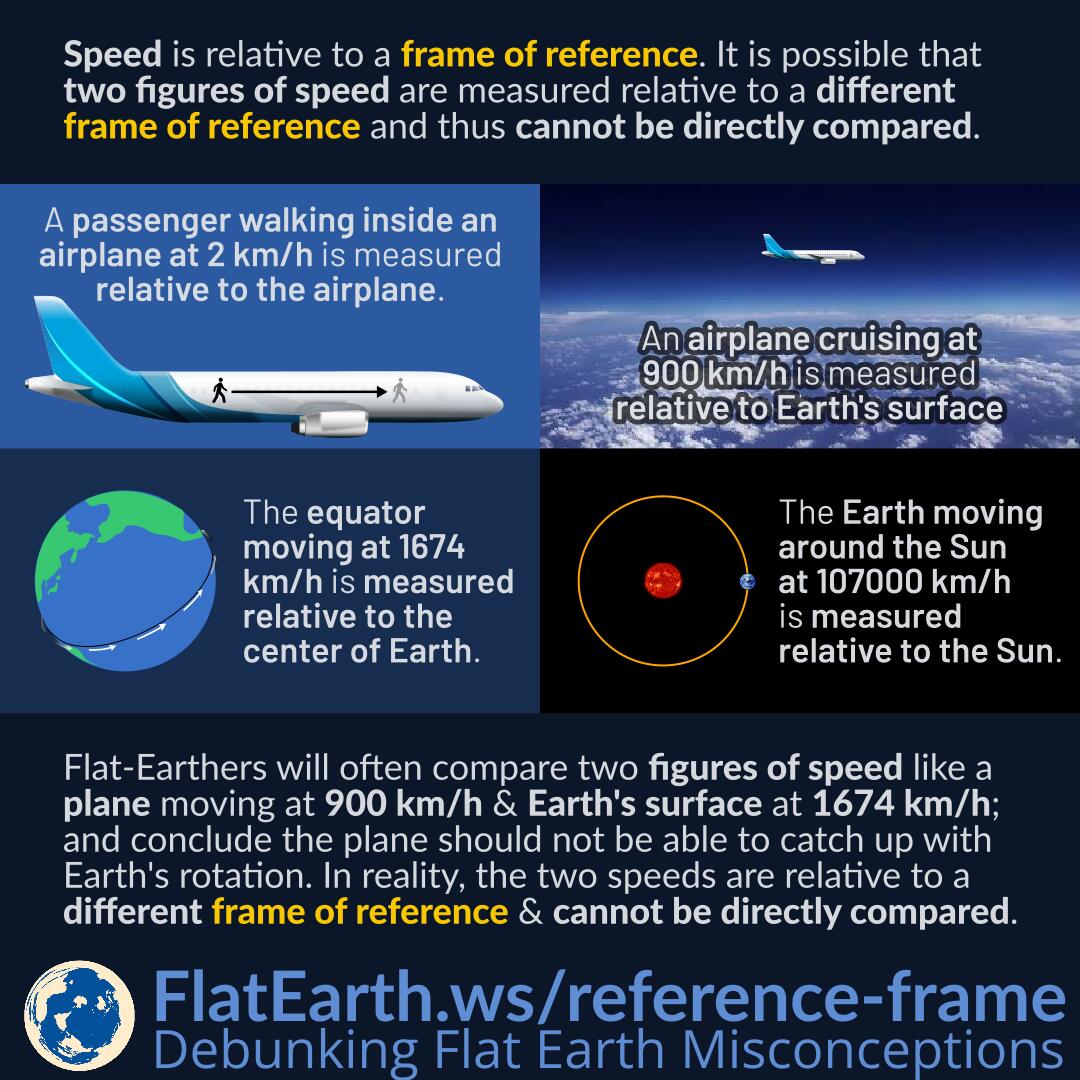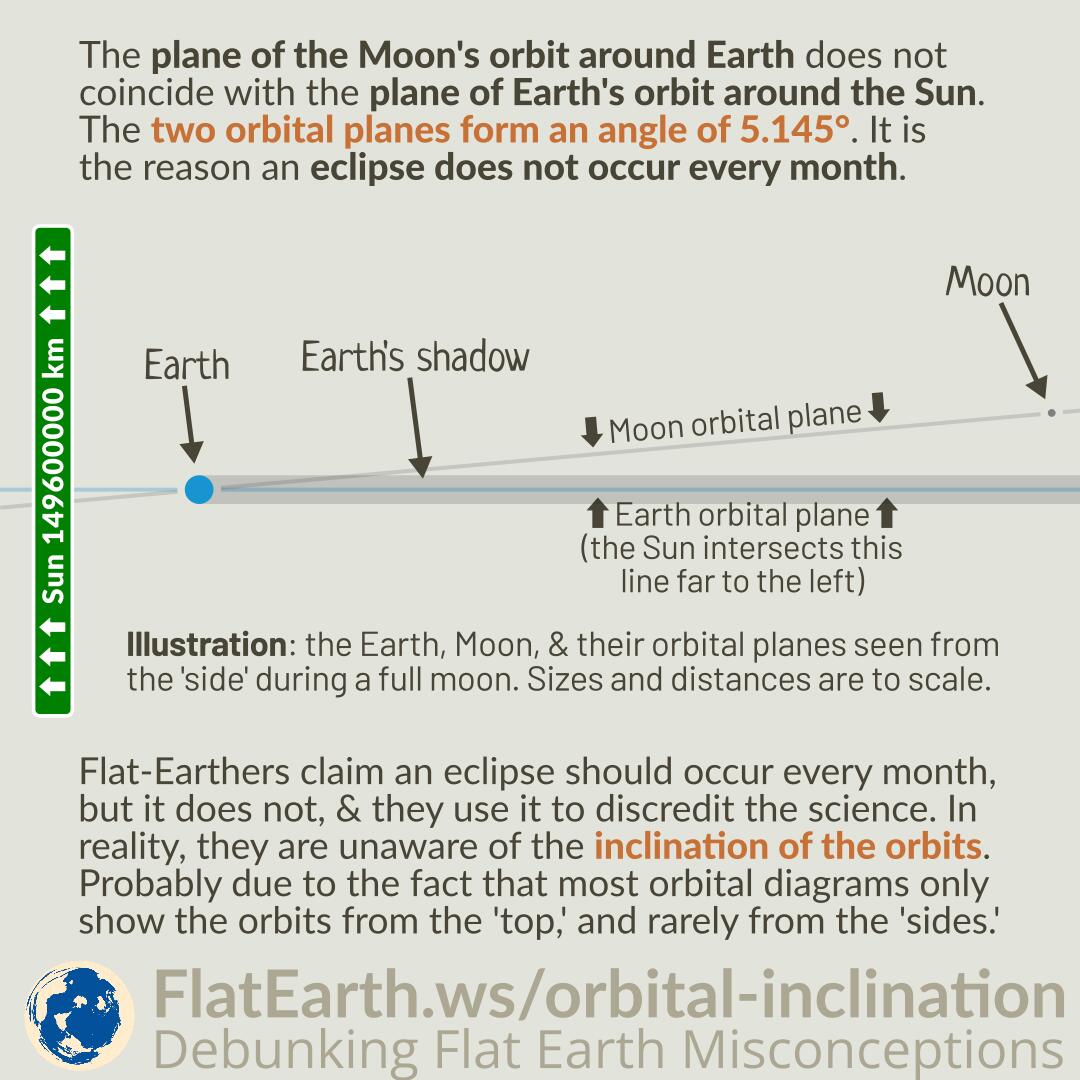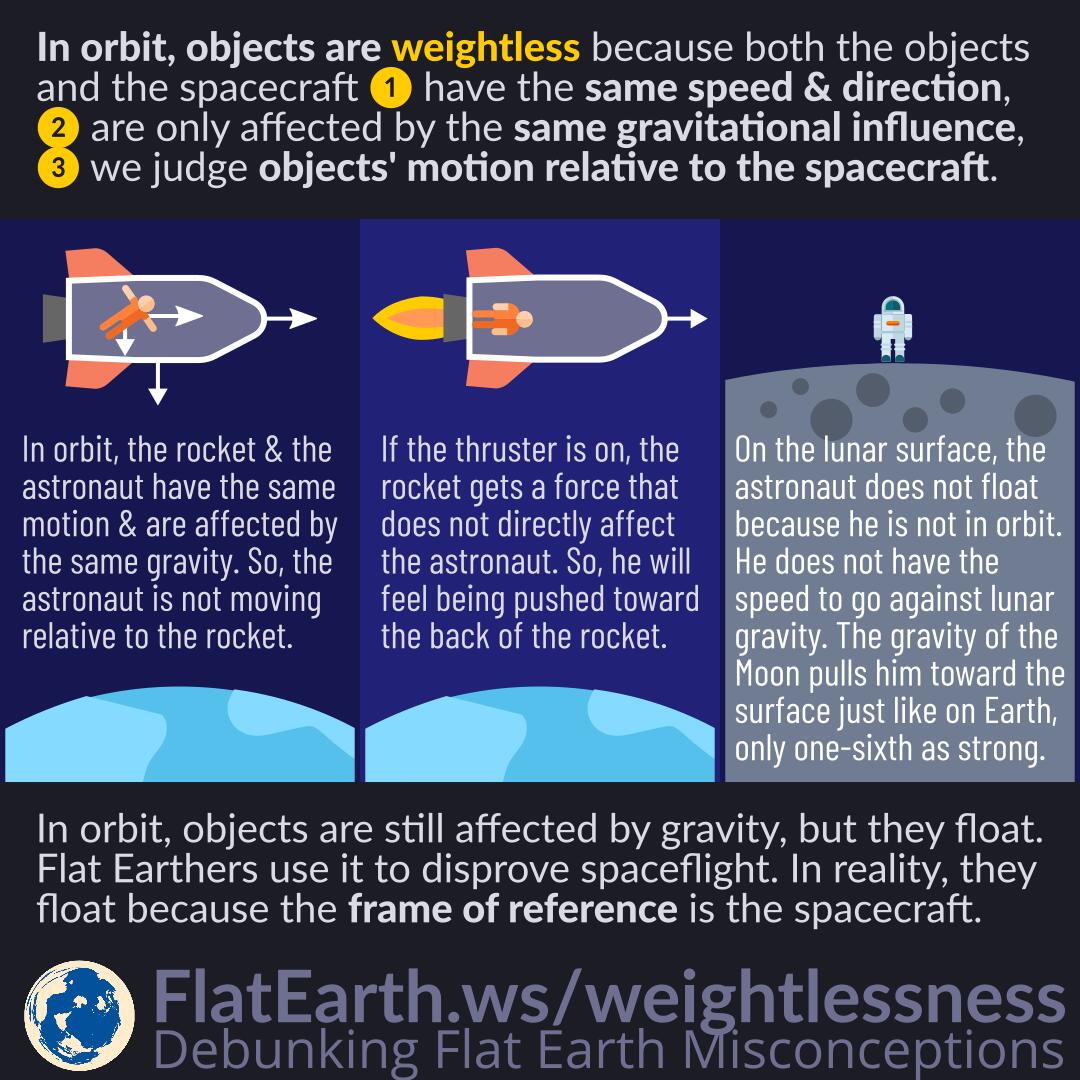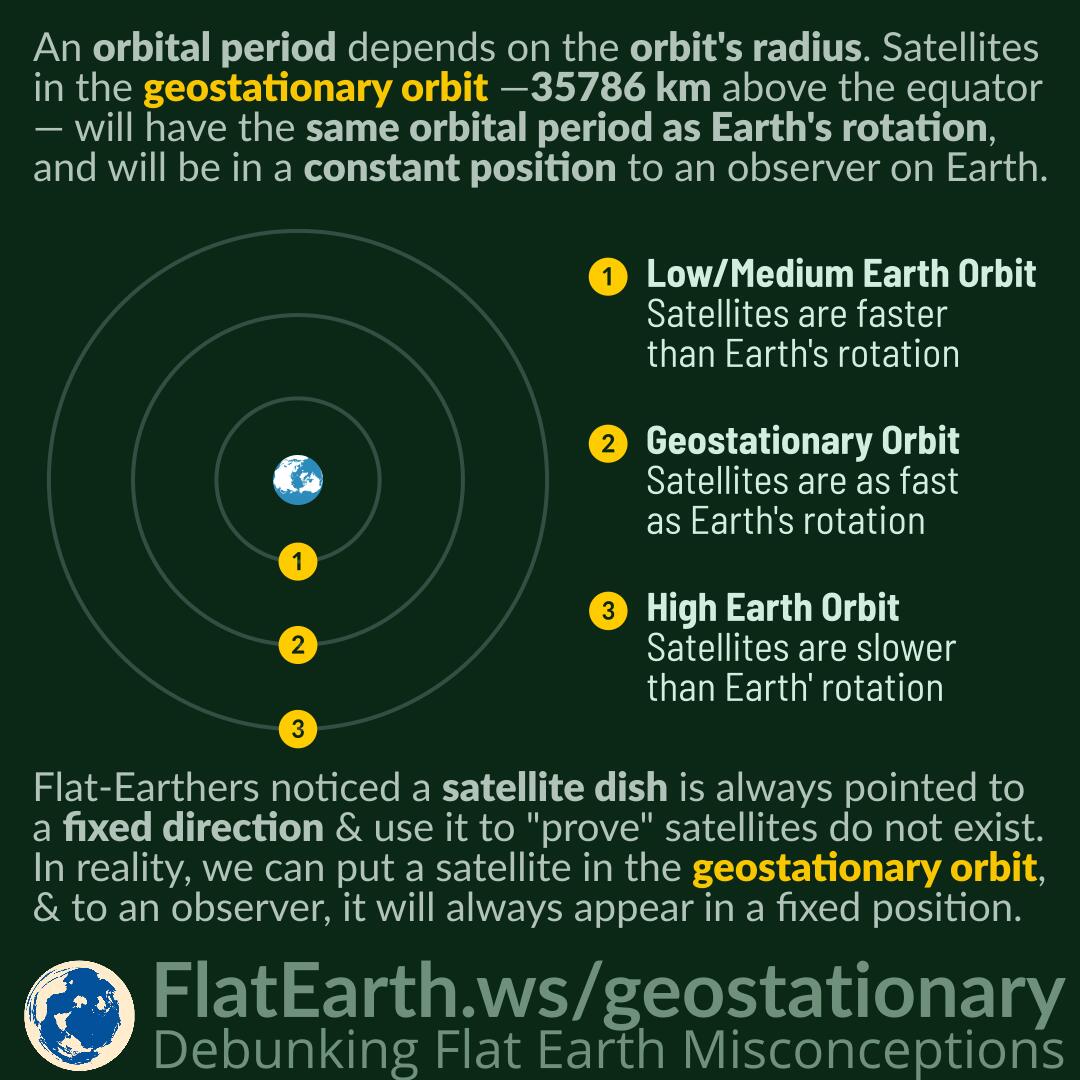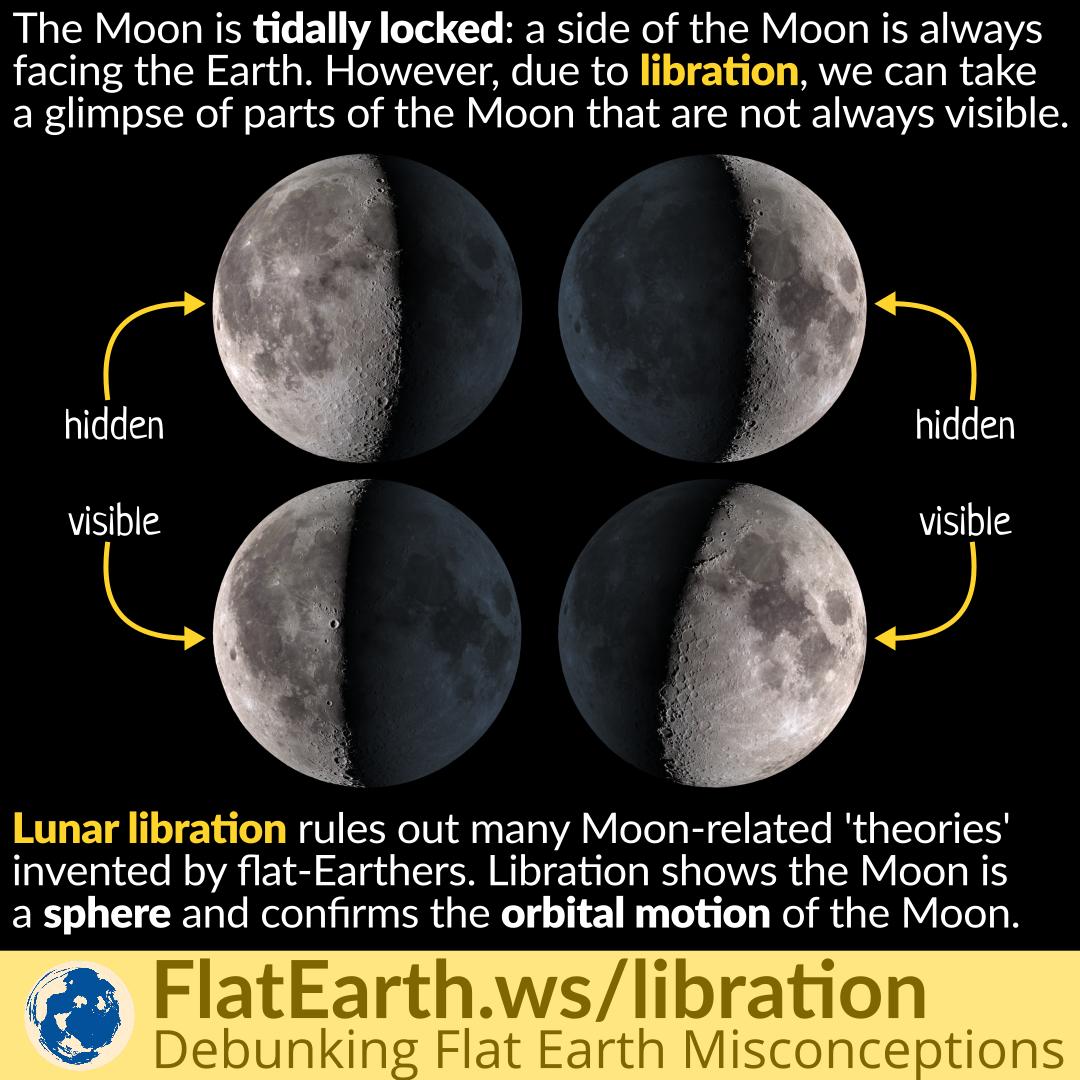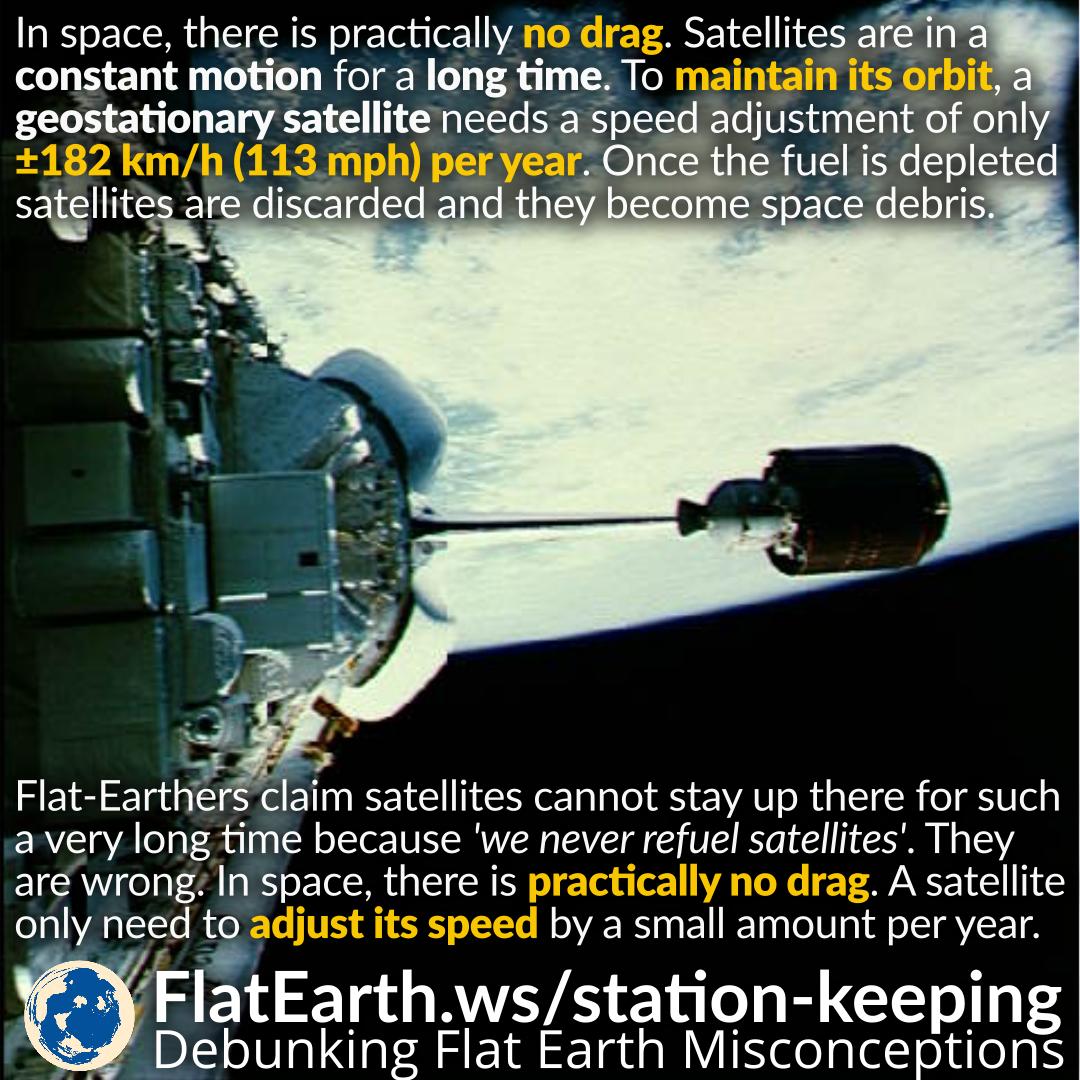Jupiter has four moons (Io, Europa, Ganymede, & Callisto) that we can easily observe using a binocular or telescope. They are the first objects found to orbit another, proving it is possible for a satellite to orbit planets other than Earth.
Flat-Earthers like to demand evidence of an object orbiting another. All they have to do is use a telescope to observe Jupiter. Its moons have short orbital periods (1.8 to 16.7 days), & thus, it is not hard to observe the orbiting motion.
Continue reading “Galilean Moons: First Objects Observed to Orbit Another Object”


